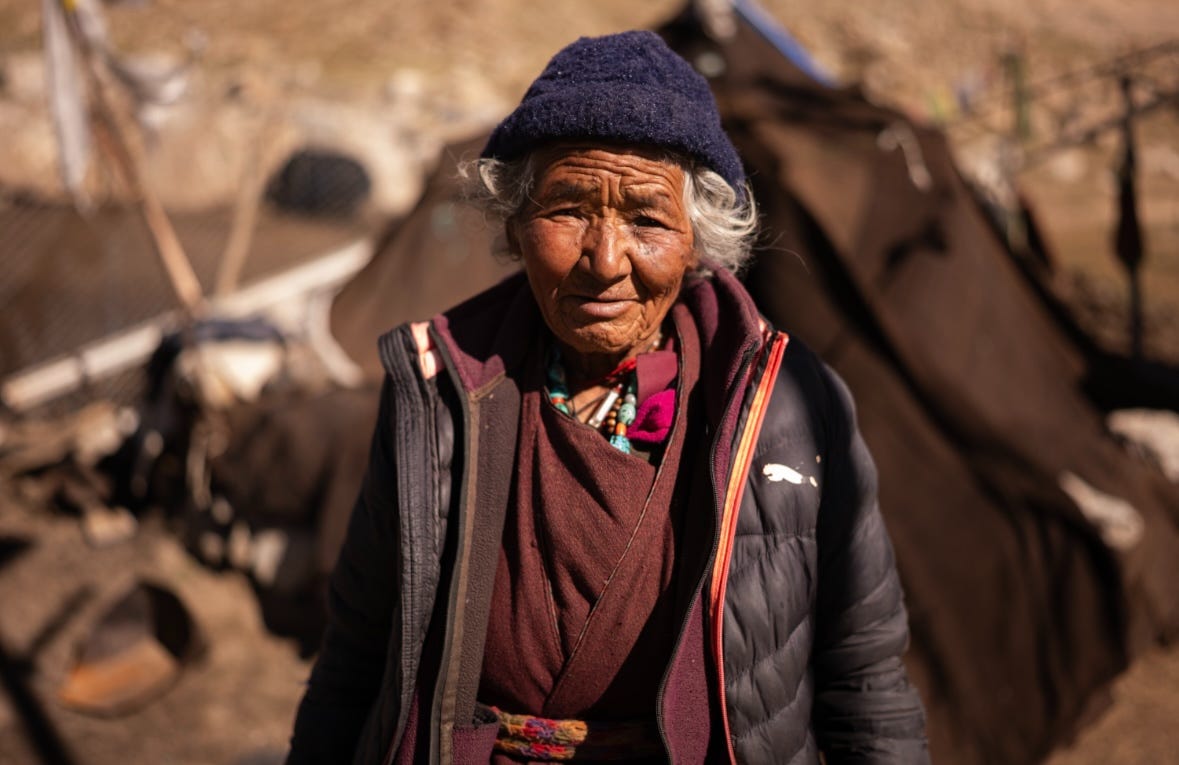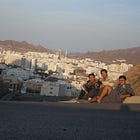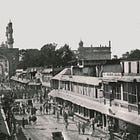Ladakh at a Crossroads
Words by Nishad Sanzagiri
Welcome to the Brown History Newsletter. If you’re enjoying this labor of love, please do consider becoming a paid subscriber. Your contribution would help pay the writers and illustrators and support this weekly publication. If you like to submit a writing piece, please send me a pitch by email at brownhistory1947@gmail.com.
Don’t forget to check out our SHOP and our Podcast.

Recommended Reads:
Ladakh at a Crossroads
How recent clashes over statehood reveal the deeper tensions in India’s most misunderstood region

From a distance, Lamayuru Monastery seems to hover above the desert like a mirage. Whitewashed walls streaked with burgundy-red cling to the cliffside, with multicoloured prayer flags fluttering in the mountain wind. The Himalayan peaks stand sentinel in the background, jagged and immense, while below, a zig-zagged strip of green willow and poplar interrupts the endless brown. Clouds build and dissolve against the bluest of skies, and on days like this, with the sun unrelenting and the air so sharp it almost hurts to breathe, Ladakh feels less like a place and more like a metaphor where landscapes and faiths, nations and identities, all collide.
I was walking through these very landscapes until last week, but today, those same mountain passes echo with a different sound: the crack of teargas shells and the shouts of protesters demanding statehood and Sixth Schedule protection. Latest reports state four people have been killed and dozens injured in violent clashes between demonstrators and police in Leh. The BJP office was set ablaze, vehicles torched, and a curfew imposed.
The violence erupted after two supporters from a 35-day hunger strike that began on September 10 were hospitalized, their condition deteriorating as talks with the central government remained stalled. The frustrations that boiled over into today’s tragic events have been building for years, rooted in questions that go far deeper than administrative status: Who are the Ladakhis? What do they want? And why has a region that once celebrated becoming a Union Territory now taken to the streets demanding something more?




